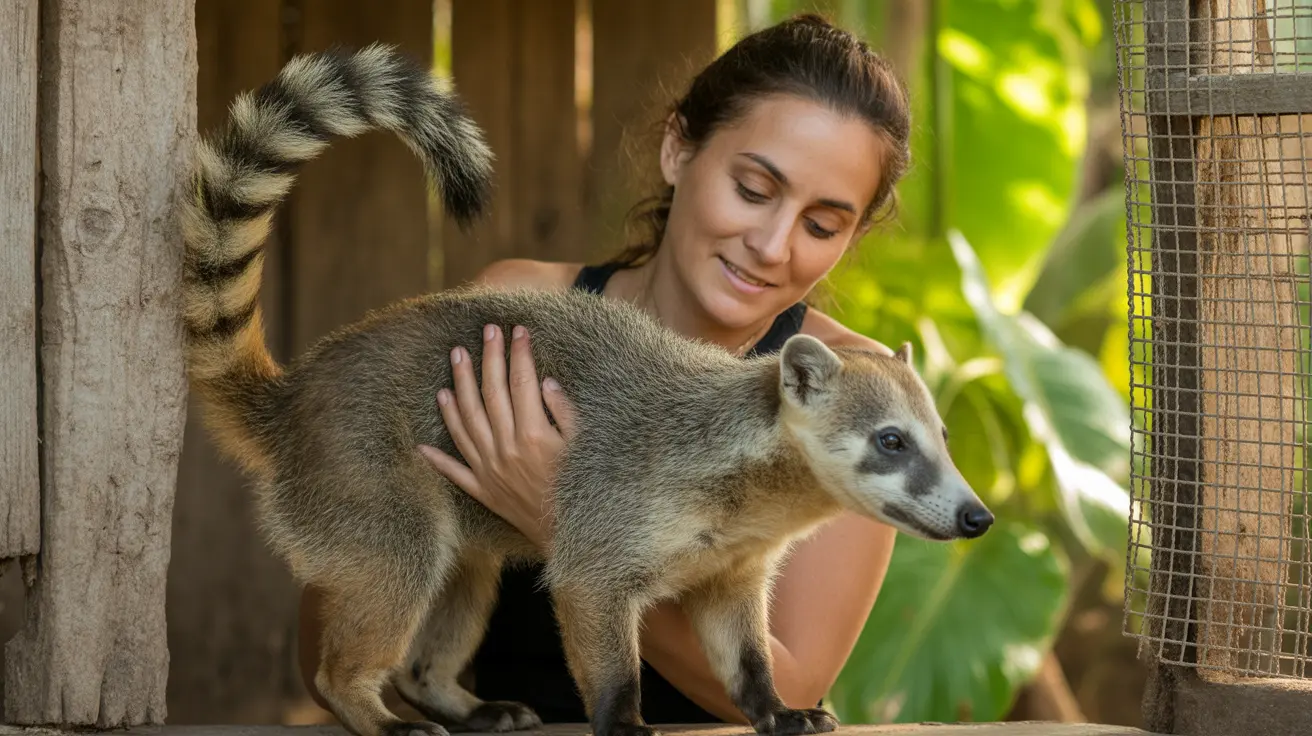If you've noticed your feline friend following you from room to room, crying for attention, or refusing to leave your side, you might be wondering, "Why is my cat so clingy?" This common behavior can stem from various factors, ranging from emotional needs to potential health concerns. Understanding the root causes of clingy behavior is crucial for providing the best care for your cat and maintaining a healthy pet-owner relationship.
Understanding Normal vs. Excessive Clinginess in Cats
While cats are known for their independent nature, they're also social creatures who form strong bonds with their owners. However, there's a difference between normal affection and excessive clinginess. Normal affectionate behavior includes occasional following, seeking attention at regular times, and enjoying interactive play. Excessive clinginess might involve constant vocalization, inability to be alone, or showing signs of distress when separated from you.
Common Causes of Clingy Cat Behavior
Emotional and Social Factors
Many cats become clingy due to emotional or social reasons:
- Early separation from mother or littermates
- Lack of proper socialization during kittenhood
- Past trauma or abandonment
- Changes in household dynamics
- Separation anxiety
Environmental Changes and Stress
Cats are sensitive to changes in their environment, which can trigger clingy behavior:
- Moving to a new home
- Introduction of new pets or family members
- Changes in daily routine
- Loud noises or construction
- Rearranged furniture
Medical Concerns
Sometimes, clinginess can signal underlying health issues:
- Pain or discomfort
- Vision or hearing loss
- Cognitive decline in senior cats
- Thyroid problems
- Anxiety or depression
How to Address Clingy Behavior
Creating an Enriched Environment
Help your cat feel more secure and independent by:
- Setting up multiple feeding stations
- Providing vertical space with cat trees and shelves
- Offering interactive toys and puzzle feeders
- Creating cozy hiding spots throughout the house
Establishing Healthy Routines
Maintain consistent daily schedules for:
- Feeding times
- Play sessions
- Quiet time
- Sleep patterns
When to Seek Professional Help
Consult a veterinarian if your cat's clingy behavior:
- Appears suddenly
- Coincides with other behavioral changes
- Is accompanied by physical symptoms
- Significantly impacts daily life
Frequently Asked Questions
Why is my cat suddenly clingy, and what are the common reasons behind this behavior?
Sudden clinginess often results from changes in environment, routine, or health status. Common reasons include stress, anxiety, illness, or a response to household changes. Any abrupt behavioral change warrants attention and possibly a veterinary check-up.
How can I tell if my cat's clinginess is due to medical issues or stress?
Look for accompanying symptoms like changes in appetite, litter box habits, or grooming. Medical issues often come with physical symptoms, while stress-related clinginess might occur after environmental changes or during specific situations.
What are the best ways to address boredom and prevent clinginess in cats?
Provide environmental enrichment through interactive toys, climbing structures, and puzzle feeders. Regular play sessions, rotating toys, and creating engaging spaces can help prevent boredom-related clinginess.
Can separation anxiety cause my cat to become clingy, and how can I help them feel more secure when I'm away?
Yes, separation anxiety often manifests as clingy behavior. Help your cat by gradually increasing alone time, providing comfort items with your scent, and maintaining a consistent routine. Consider using calming aids or consulting with a behaviorist for severe cases.
How can I manage my cat's clinginess without reinforcing overly dependent behavior?
Set boundaries while still showing affection. Reward independent behavior, provide scheduled attention times, and avoid responding to every demand for attention. Create a balanced environment that encourages both interaction and independence.






